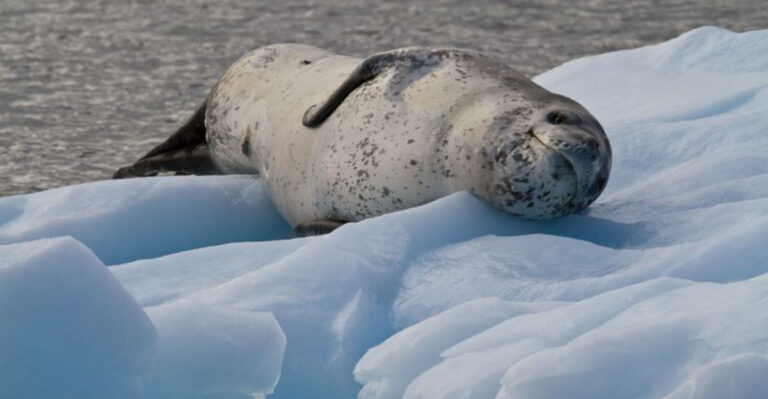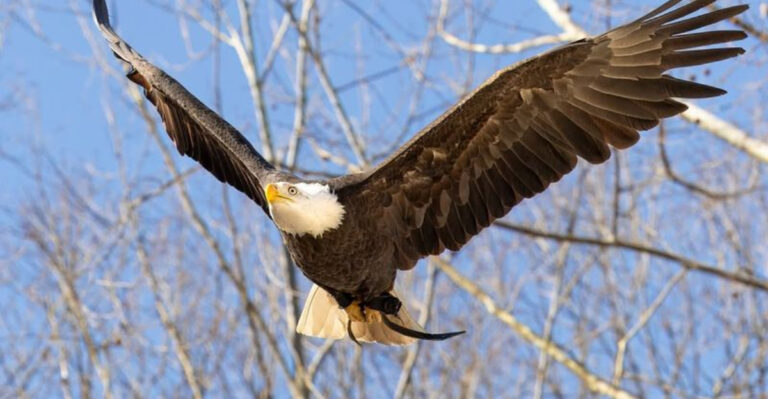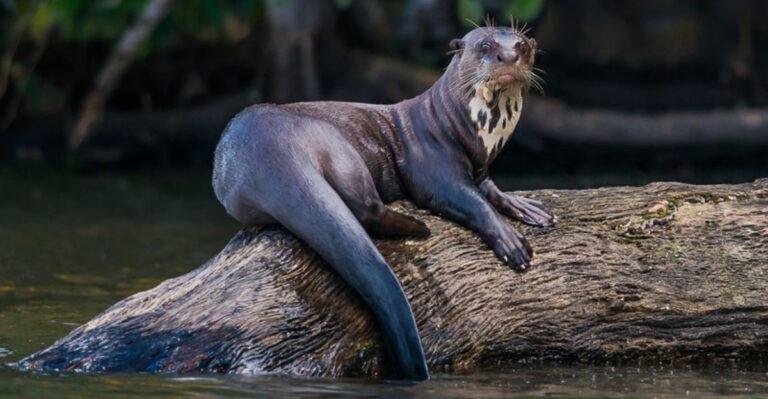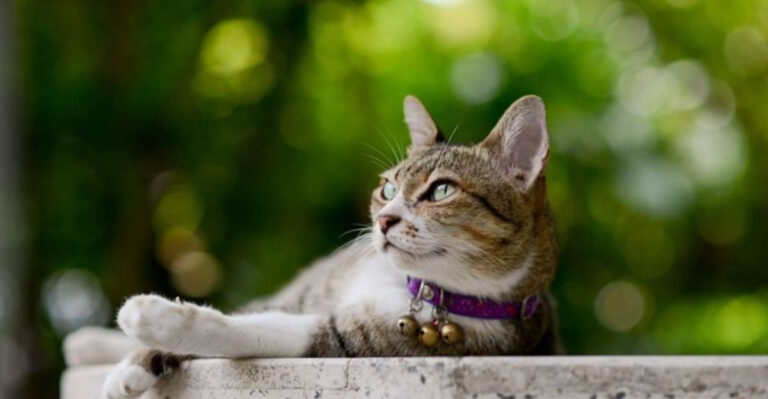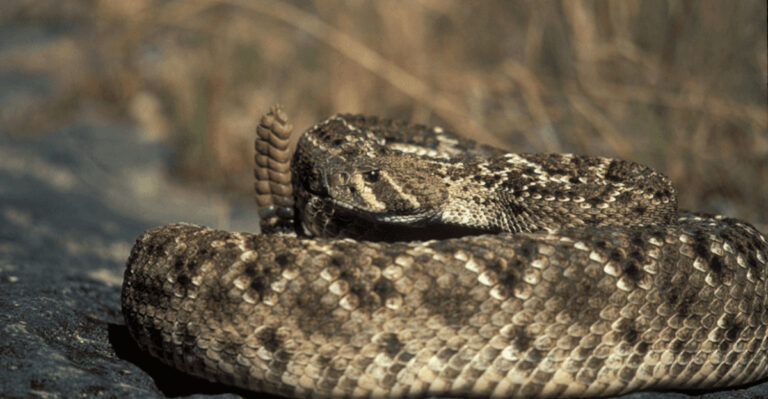23 Rare Animals You May Never Have The Chance To See
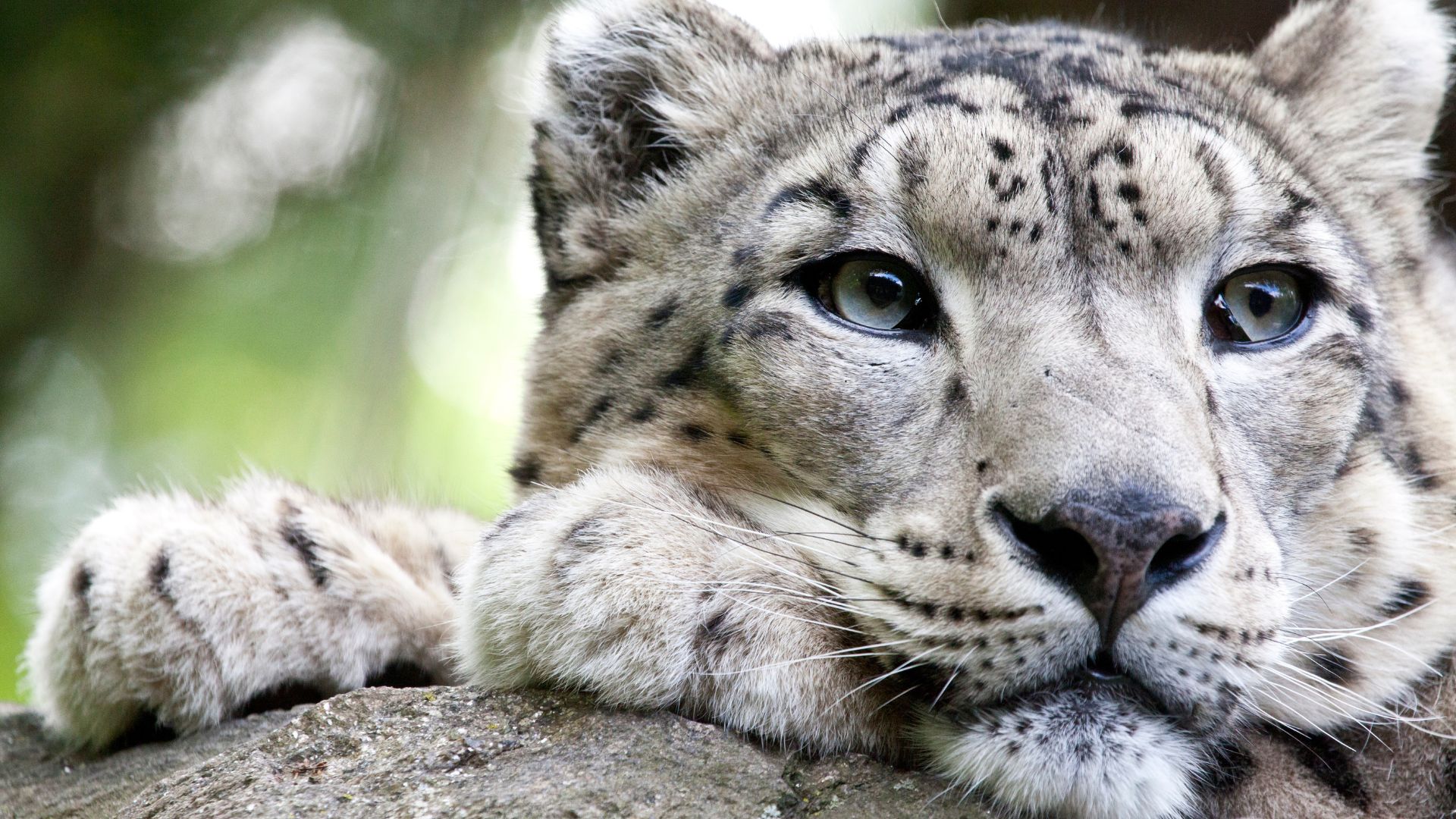
The animal kingdom is full of incredible creatures, some so rare that encountering them in the wild is a once-in-a-lifetime experience—if you’re lucky.
From elusive mammals in remote jungles to deep-sea wonders hidden beneath the ocean’s surface, these rare animals are often facing threats like habitat loss, climate change, and poaching.
1. Andean Mountain Cat
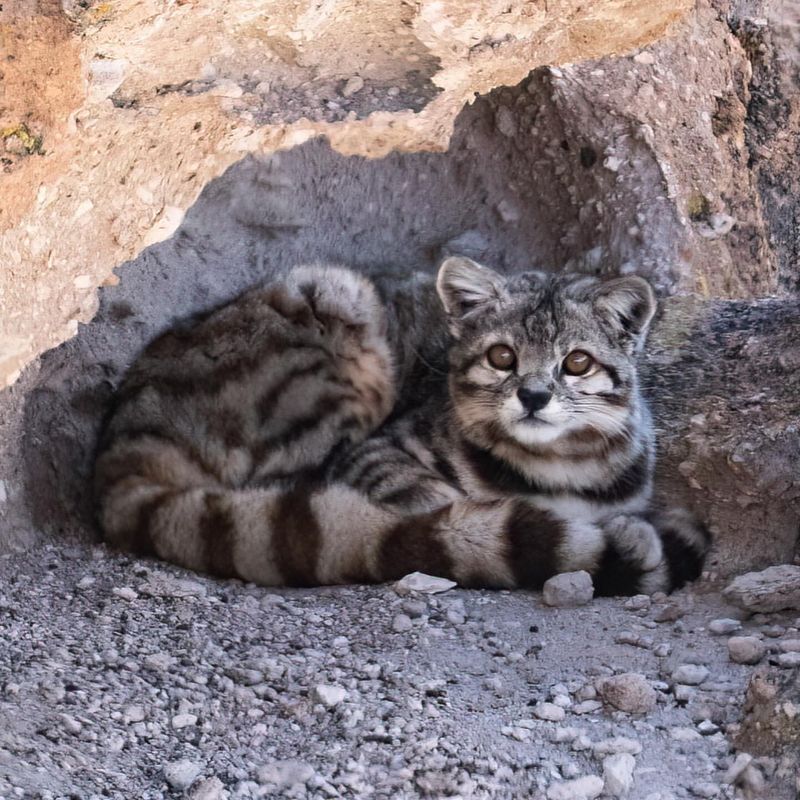
The Andean Mountain Cat, native to the high Andes of South America, is one of the world’s rarest and most elusive wild cats.
With fewer than 2,500 individuals left, these cats are incredibly difficult to spot, living in remote and rugged mountain terrains.
Their greyish fur and bushy tails blend seamlessly with the rocky landscapes, providing perfect camouflage. Andean Mountain Cats are solitary hunters, preying on small mammals and birds to survive.
2. Philippine Eagle
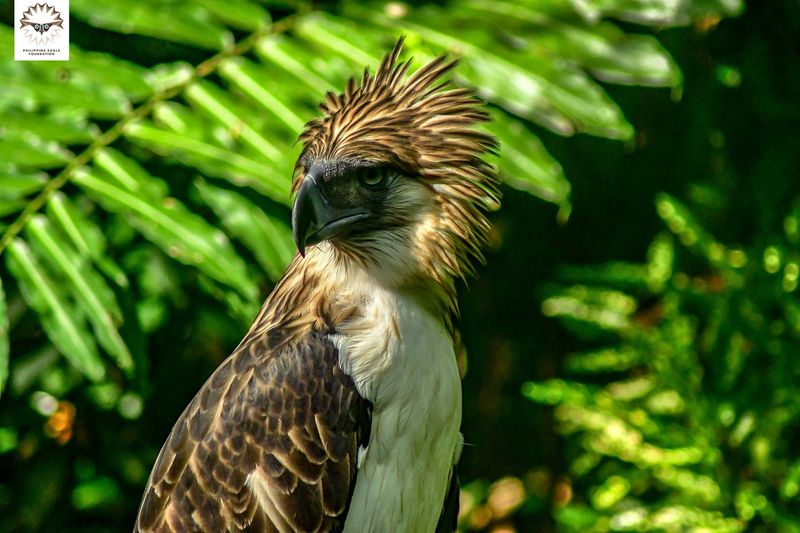
The Philippine Eagle, known for its immense size and strength, is one of the largest and most powerful eagles in the world.
With a wingspan reaching up to 7 feet, it dominates the skies of the Philippines’ rainforests, hunting monkeys and other medium-sized mammals.
Unfortunately, the Philippine Eagle is critically endangered, facing severe threats from habitat destruction and poaching.
Spotting this majestic bird in the wild is an awe-inspiring experience, highlighting both its beauty and the urgency of its protection.
3. Glass Frog
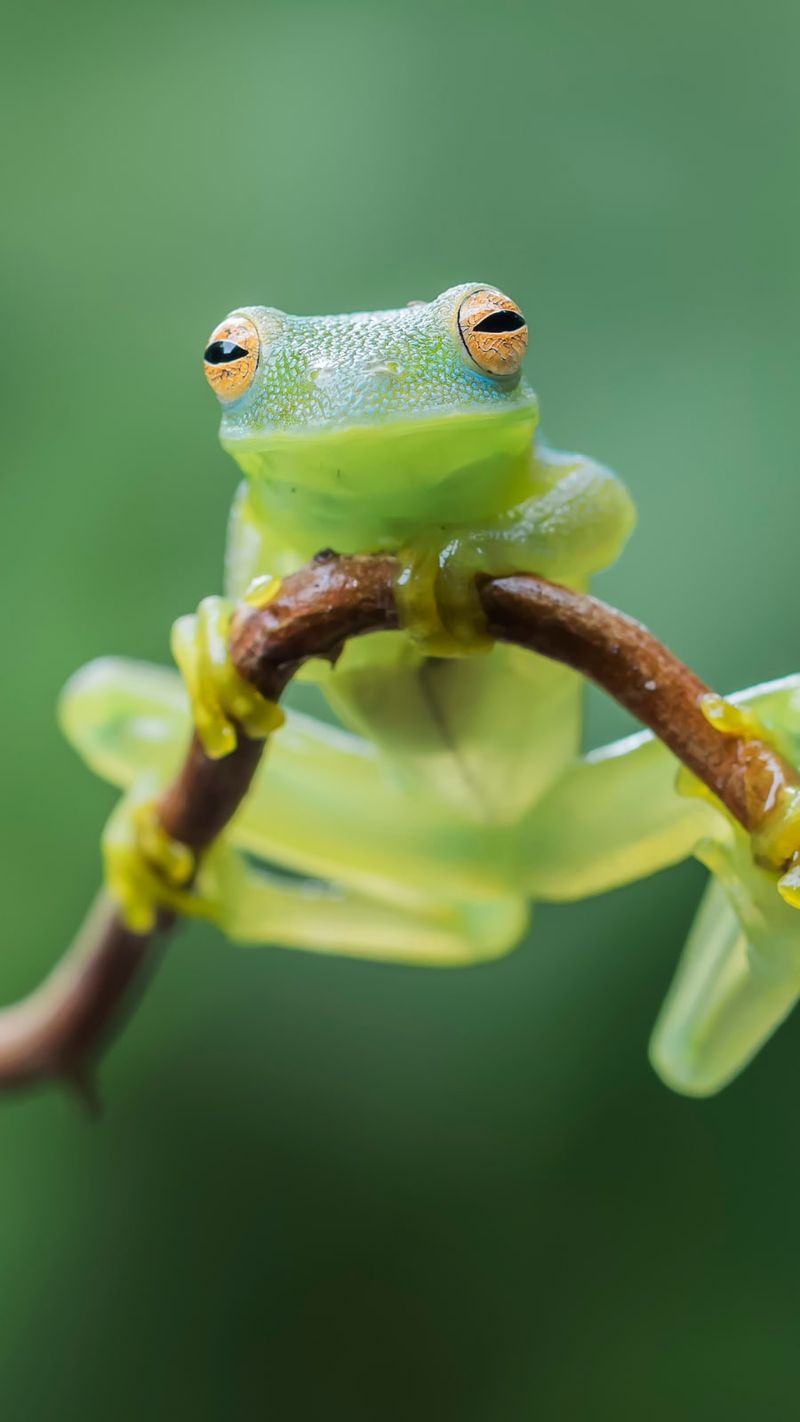
Found in the rainforests of Central and South America, the Glass Frog is a true wonder of nature with its translucent skin. This unique feature allows a glimpse into its inner workings.
These frogs are often mistaken for leaves, making them hard to spot. Their transparency serves as an effective camouflage against predators.
If lucky enough to see one, you’ll be struck by its delicate beauty. Be sure to tread lightly in their habitat to help ensure their continued existence in these fragile ecosystems.
4. Iberian Lynx
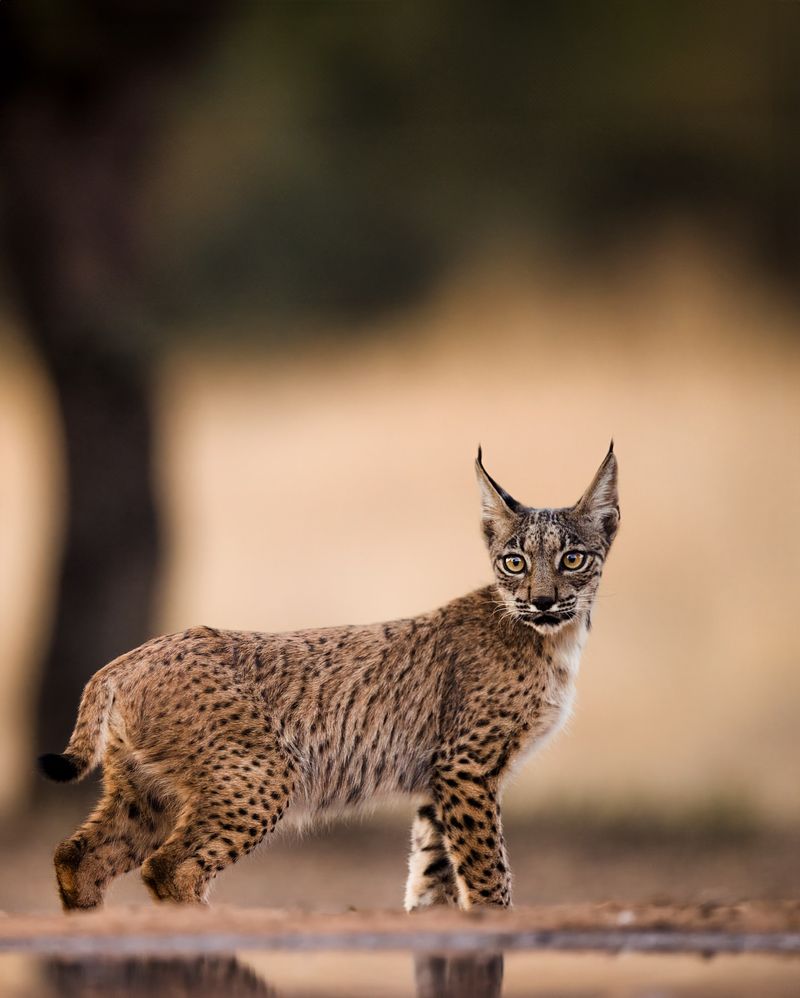
The Iberian Lynx, found in the Iberian Peninsula, holds the title of the world’s most endangered feline species. With fewer than 400 individuals left, these elusive cats are incredibly rare.
Their distinctive tufted ears and spotted coats help them blend seamlessly into the Mediterranean scrublands they call home.
Solitary by nature, Iberian Lynxes primarily hunt rabbits and other small mammals.
Thanks to ongoing conservation efforts, their numbers are slowly rising, with a focus on habitat restoration and ensuring a steady prey supply.
5. Dumbo Octopus
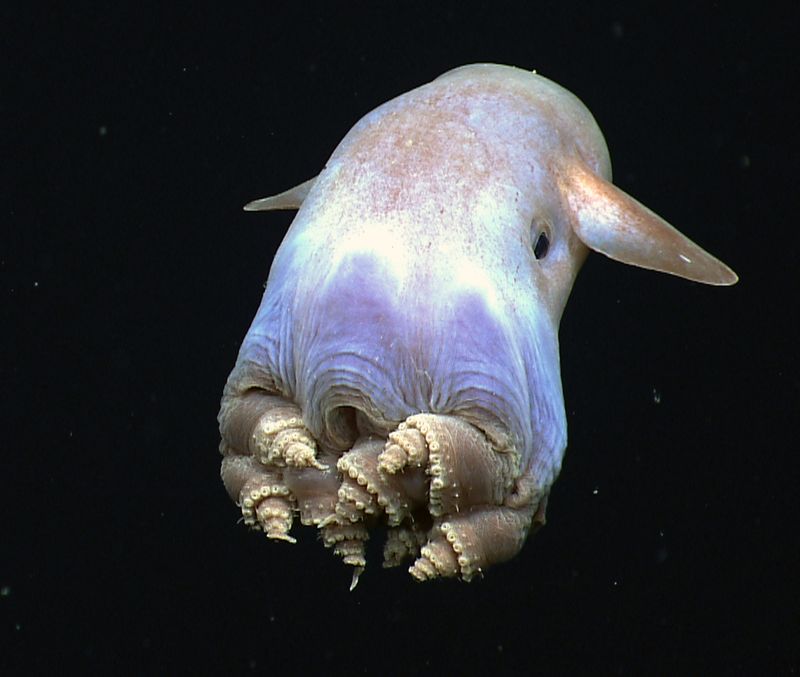
Deep beneath the ocean waves, the Dumbo Octopus glides gracefully through the abyss. Named for its ear-like fins that resemble the Disney character, it navigates the deep with elegance.
These creatures thrive in the dark depths, where they remain hidden from human eyes. Their mysterious allure comes from both their rarity and their charming appearance.
Encountering a Dumbo Octopus is a rare treat, reserved for those who venture into the ocean’s depths. If you ever see one, let its tranquil beauty leave a lasting impression.
6. Blue Whale
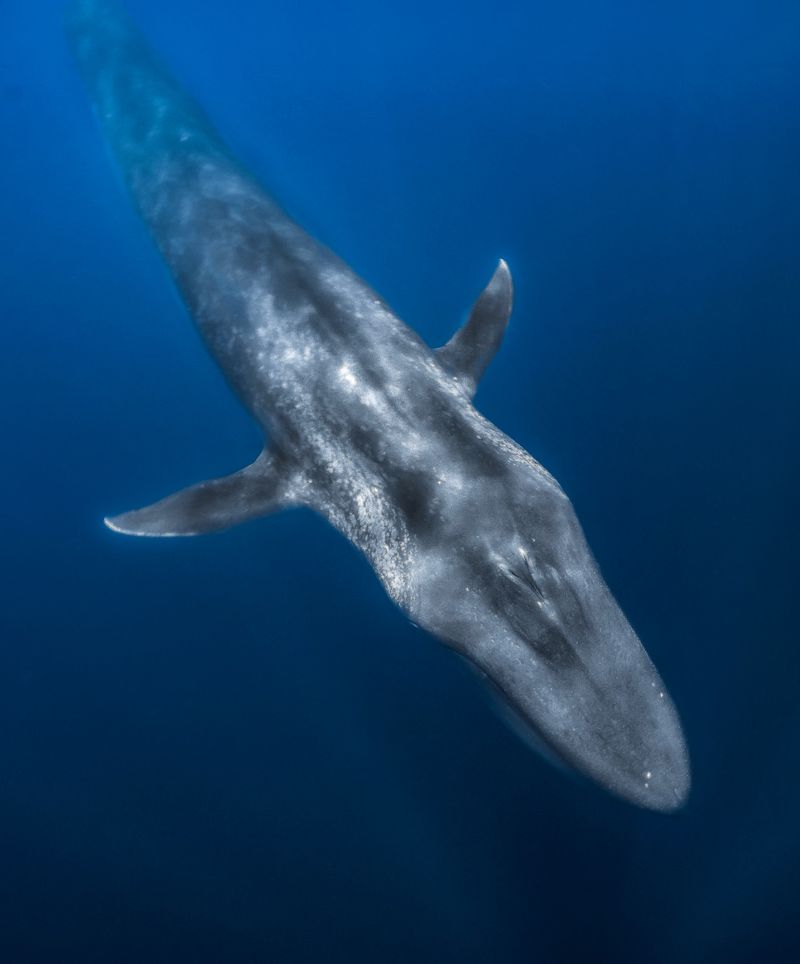
The Blue Whale, the largest animal on Earth, is a breathtaking and elusive creature that graces the open ocean.
These gentle giants can grow up to 100 feet long, with bluish-grey skin and an imposing size that commands respect.
They feed primarily on tiny krill, using baleen plates to filter their food from the water. Despite their massive size, blue whales are surprisingly hard to spot, often surfacing only briefly for air.
Spotting one in the wild is a rare and awe-inspiring experience, highlighting both the magnificence and fragility of these ocean giants.
7. Snow Leopard
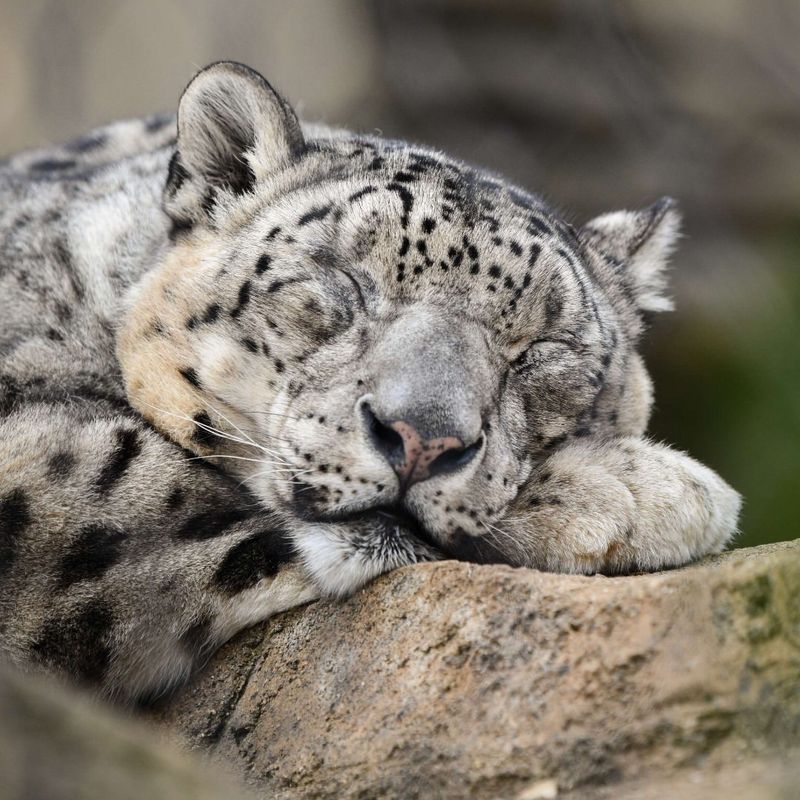
The Snow Leopard, often called the ghost of the mountains, silently roams the rugged terrains of Central Asia, blending seamlessly into its snowy surroundings with its thick, grey fur and long bushy tail.
These elusive cats are expertly adapted to life at high altitudes, navigating rocky landscapes up to 18,000 feet.
Known for their solitary nature, Snow Leopards are rarely spotted due to their remote habitats and shy behavior, hunting primarily at dawn and dusk.
They prey on animals like blue sheep and Himalayan tahr, though they are increasingly threatened by poaching and habitat destruction.
8. Pygmy Three-Toed Sloth
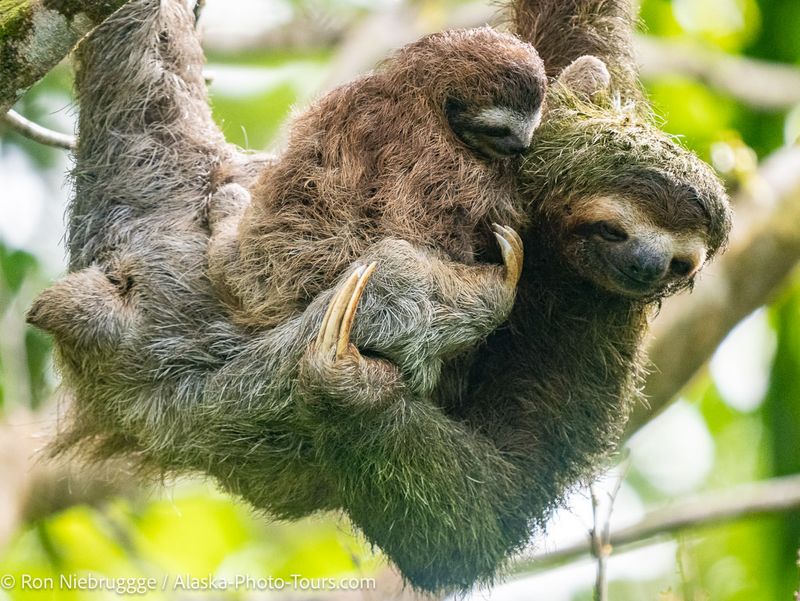
The Pygmy Three-Toed Sloth, found only on Isla Escudo de Veraguas in Panama, is one of the smallest and rarest sloths in the world.
These slow-moving creatures thrive in the mangrove forests, where they feed on leaves high in the trees.
Their limited range and small size make them highly vulnerable to habitat loss and the impacts of climate change.
Three-Toed Sloth in the wild offers a rare and unforgettable experience, showcasing the incredible adaptability of this unique species.
9. Borneo Bay Cat
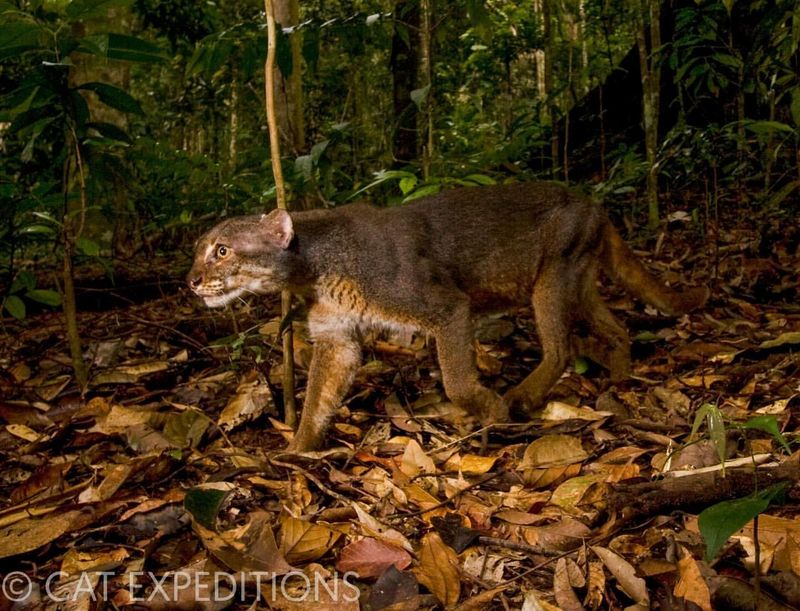
The Borneo Bay Cat, one of the rarest and most elusive wild cats, is native to the dense rainforests of Borneo.
With its reddish-brown fur and secretive nature, it remains incredibly difficult to spot, with only a handful of recorded sightings.
Thought to be a solitary hunter, it preys on small mammals and birds, though little is known about its behavior
The primary threat to the Borneo Bay Cat is deforestation, which threatens its already limited habitat.
10. Shoebill Stork
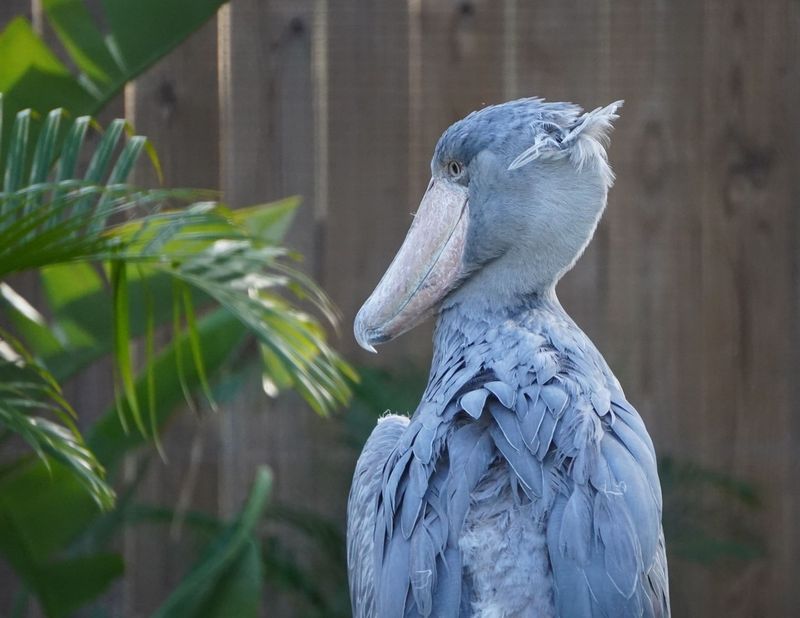
The Shoebill Stork, native to the swamps of East Africa, is a striking bird known for its prehistoric look and large, shoe-shaped bill.
These solitary birds are often seen standing motionless for hours, patiently waiting to catch fish and frogs. Despite their intimidating appearance, shoebills are surprisingly gentle and calm in nature.
However, their wetland habitats are increasingly threatened by human encroachment and drainage.
11. Pangolin
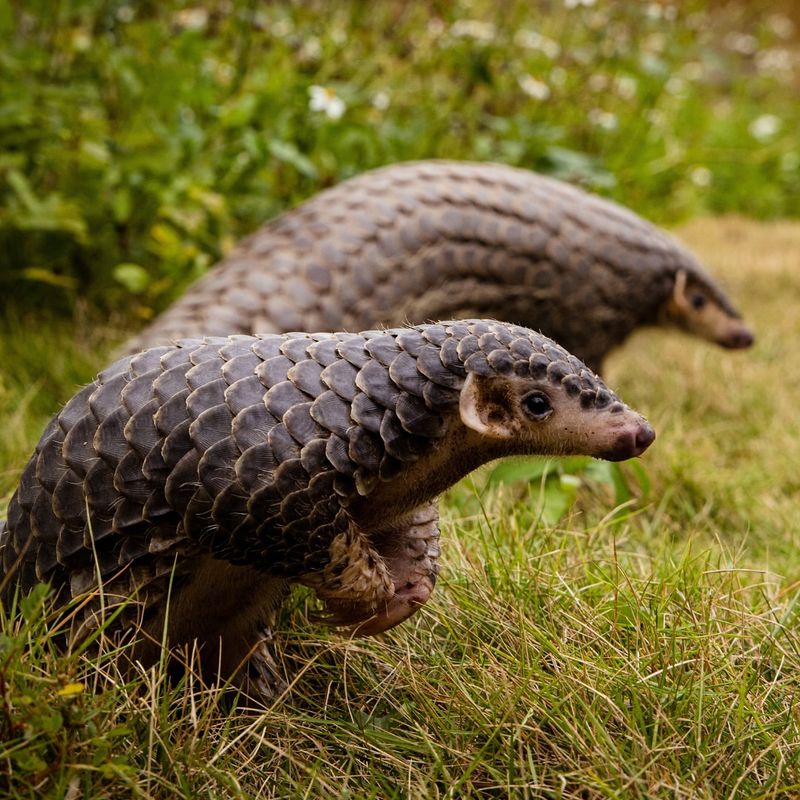
Pangolins, with their distinct scaly armor, are nocturnal creatures native to Africa and Asia.
As the only mammals covered in scales made of keratin—just like human nails—these unique animals can curl up into a tight ball for protection when threatened.
Unfortunately, despite their natural defenses, pangolins are critically endangered due to the illegal wildlife trade, where their scales are prized in traditional medicine.
12. Sunda Island Tiger
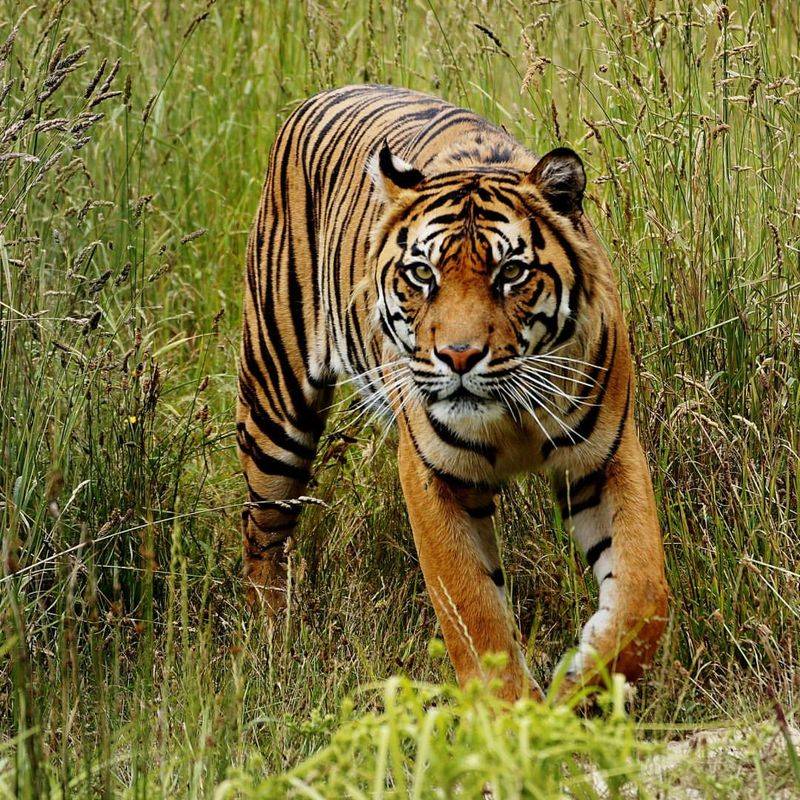
The Sunda Island Tiger, found only on the Indonesian islands, is one of the rarest tiger subspecies, with fewer than 400 individuals remaining in the wild.
Their striking orange and black stripes help them blend seamlessly into the dense forests they call home.
As solitary hunters, these tigers primarily prey on deer and wild boar, using their stealth and power to stalk their quarry.
With habitat destruction and poaching threatening their survival, conservation efforts are vital to protect these majestic creatures.
Witnessing a Sunda Island Tiger in the wild is an extraordinary experience, underscoring the urgency of tiger conservation.
13. Saola
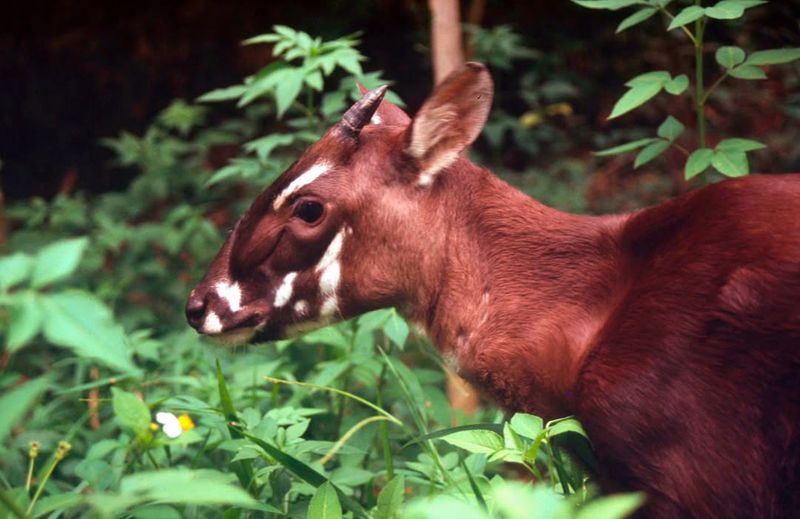
The Saola, often called the Asian unicorn, is one of the rarest and most mysterious mammals in the world.
Discovered only in 1992, it roams the dense forests of Vietnam and Laos, making it incredibly difficult to spot.
Recognizable by its long, straight horns and striking white facial markings, the Saola’s existence has intrigued scientists and conservationists.
Unfortunately, hunting and habitat destruction threaten its survival, and efforts are focused on protecting its fragile habitat.
14. Kakapo
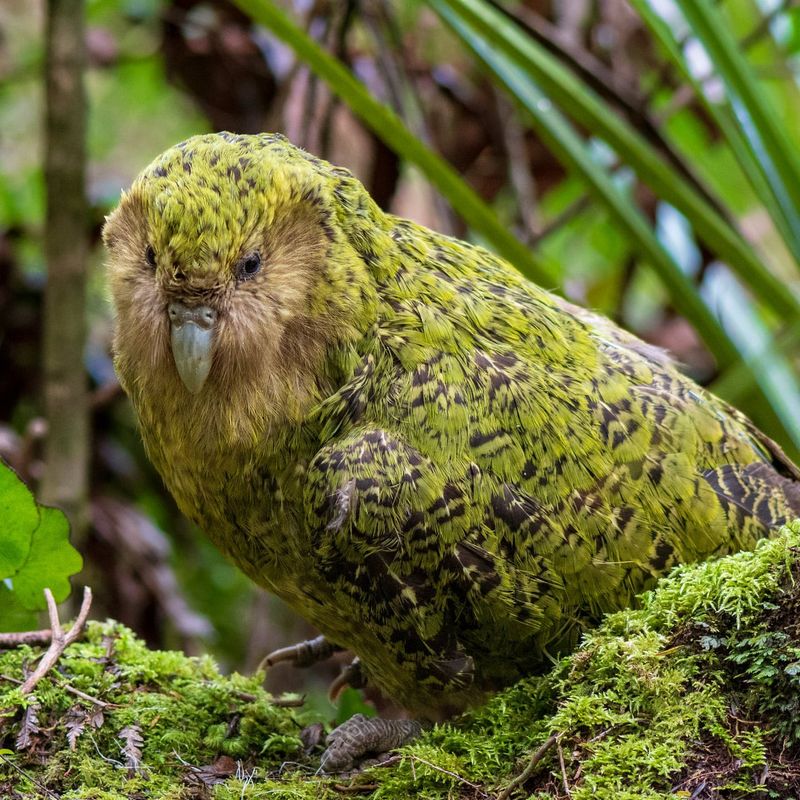
The Kakapo, a nocturnal and flightless parrot native to New Zealand, stands out for its unique characteristics.
With its vibrant green plumage and facial disk, it blends seamlessly into the forest, using its wings for balance as it climbs.
Critically endangered, only around 200 Kakapos remain, primarily due to the threat posed by introduced predators like rats and cats. Conservation efforts, including breeding programs and predator-free sanctuaries, are crucial to preserving this remarkable species.
15. Red Panda
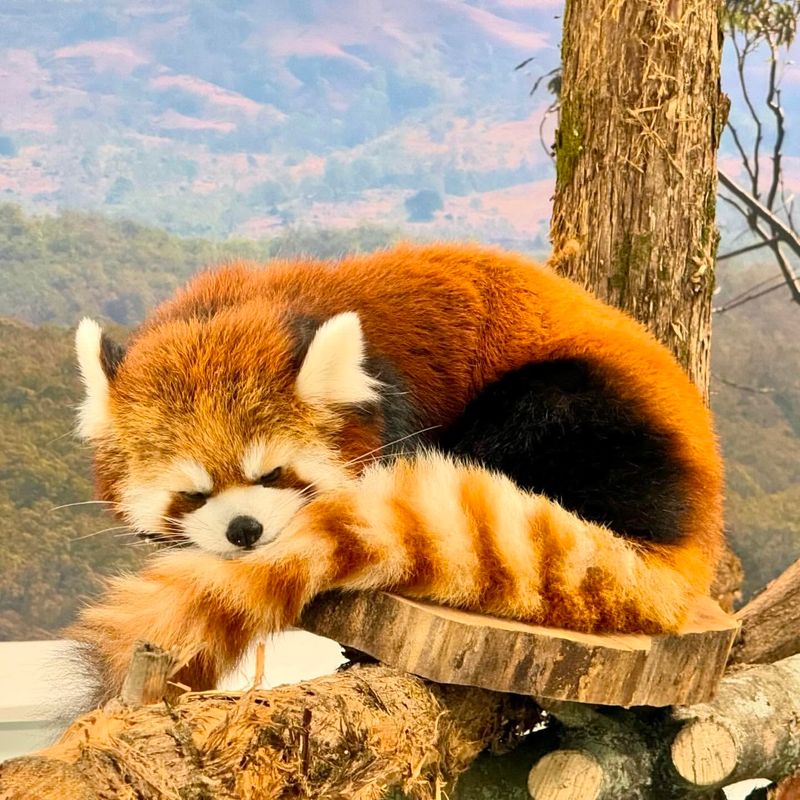
The Red Panda, often overshadowed by its giant namesake, is a small yet captivating creature native to the Eastern Himalayas.
With its reddish-brown fur and bushy tail, it has an adorable, raccoon-like appearance that sets it apart.
These solitary, arboreal animals spend their days high in the trees, munching on bamboo, berries, and insects.
Red Pandas are most active during the dawn and dusk hours, adding to their elusive charm.
Unfortunately, they are endangered due to habitat loss and poaching, but conservation efforts are underway to protect their natural environment.
16. Aye-Aye
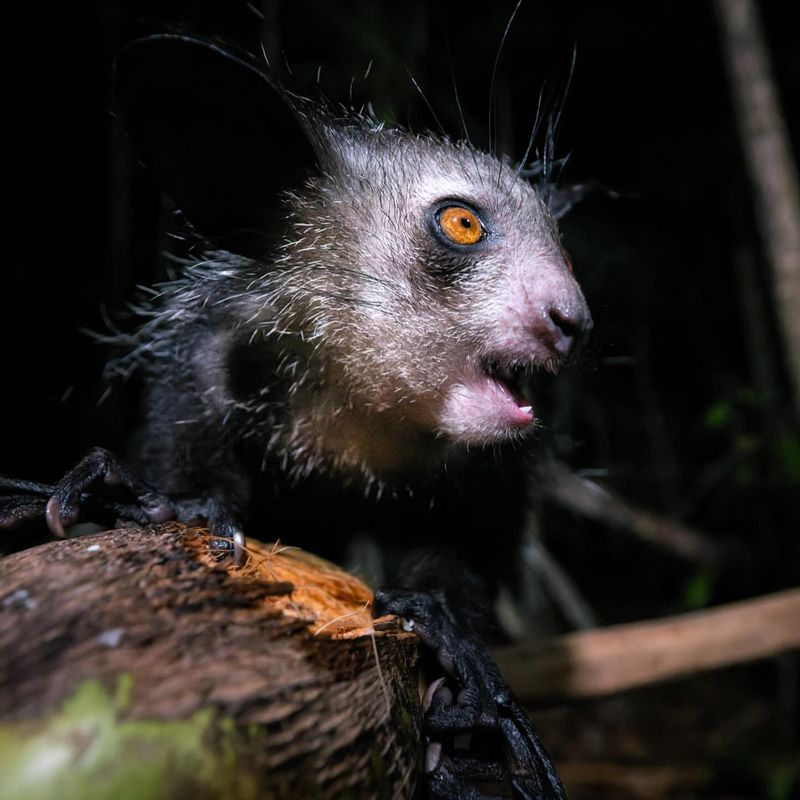
The Aye-Aye, a unique primate native to Madagascar, is known for its eerie appearance and nocturnal lifestyle.
With large eyes and an elongated middle finger, it has evolved to hunt insects with remarkable precision, tapping trees to find hollow cavities and extracting its prey.
Despite its important role in controlling insect populations, the Aye-Aye is often feared and misunderstood, leading to persecution in local communities.
17. Amur Leopard
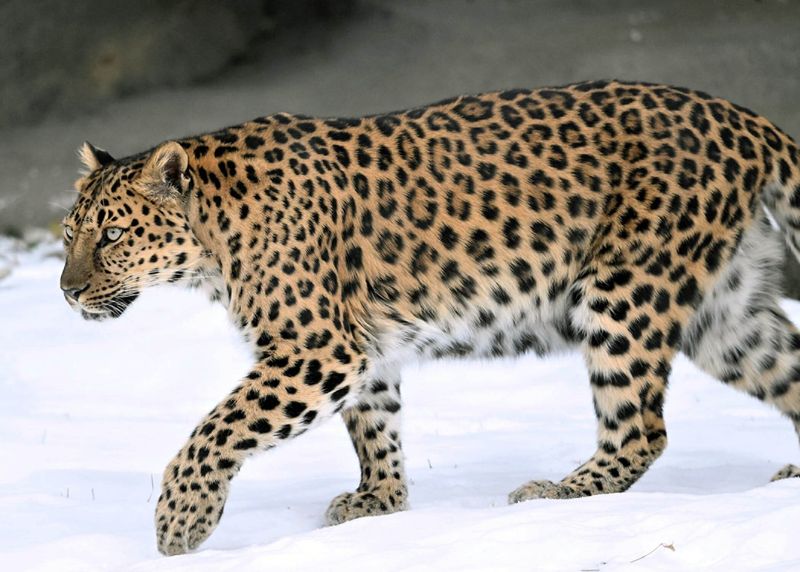
The Amur Leopard, native to the Russian Far East, is one of the most endangered big cats in the world, with fewer than 100 individuals remaining in the wild.
Their stunning spotted coats blend seamlessly with the snowy forests they call home, making them elusive and hard to spot.
These solitary, nocturnal hunters primarily prey on deer and hares, relying on their stealth and agility to survive.
Encountering an Amur Leopard in the wild is a rare and awe-inspiring experience, highlighting the fragility of nature’s most endangered creatures.
18. Okapi
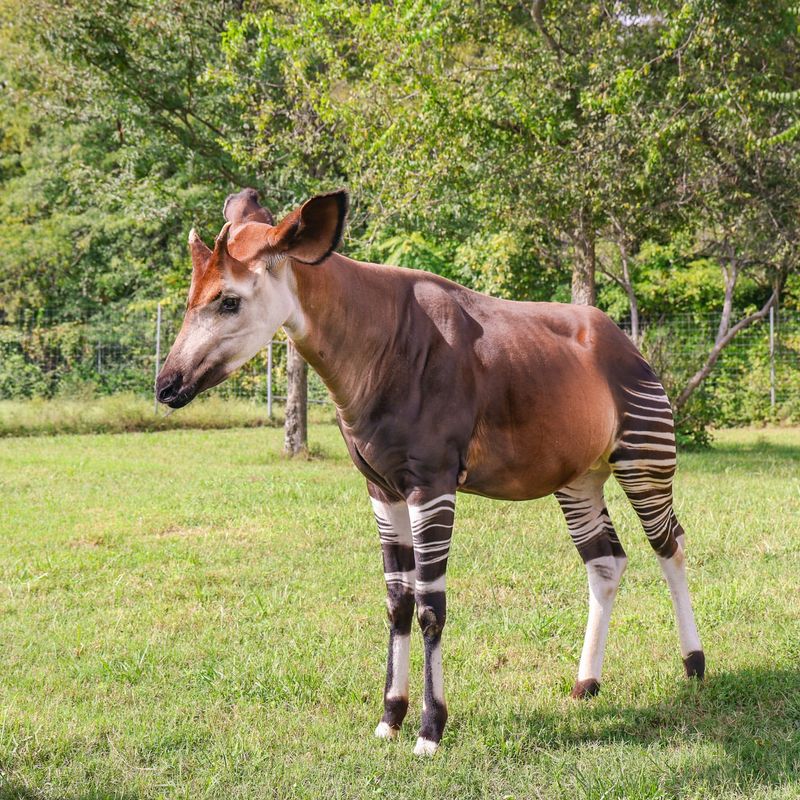
The Okapi, often dubbed the “forest giraffe,” is a fascinating and elusive creature found in the dense rainforests of the Democratic Republic of Congo.
With its striking zebra-like stripes and giraffe-like body, the okapi is both visually captivating and hard to spot in the wild.
Shy by nature, these animals use their long tongues to reach and strip leaves from trees, playing a vital role in their ecosystem.
Unfortunately, habitat destruction and poaching threaten their existence, making conservation efforts essential.
19. Javan Rhino
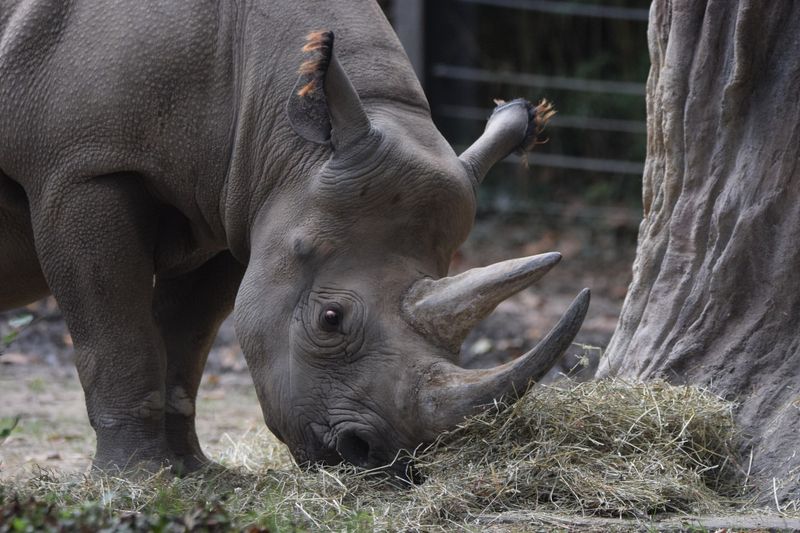
The Javan Rhino, one of the rarest large mammals on Earth, is critically endangered with only about 72 individuals remaining in the wild.
Native to the dense jungles of Indonesia, these solitary creatures are rarely seen, blending into their environment with their armored skin and single horn.
Sadly, habitat loss and poaching have placed the Javan Rhino on the brink of extinction. Conservation efforts are focused on protecting their remaining habitat and minimizing human-wildlife conflict.
20. Kermode Bear
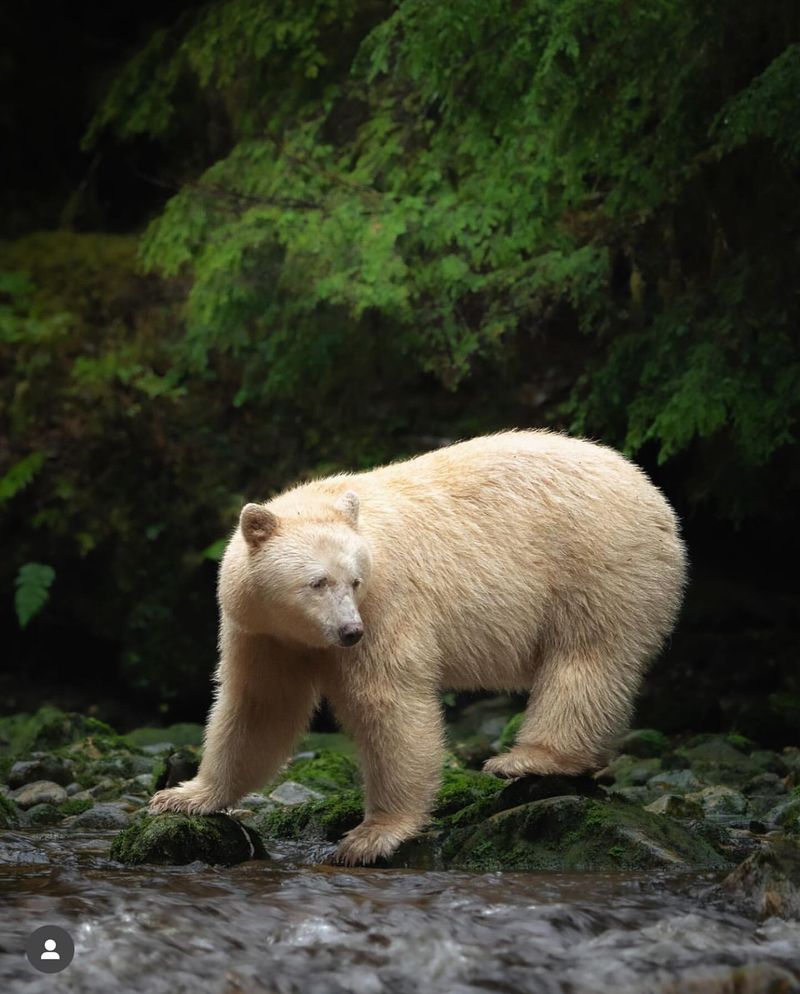
The Kermode Bear, also known as the spirit bear, is a rare and enchanting subspecies of the American black bear found in the temperate rainforests of British Columbia, Canada.
Famous for its striking white fur, which results from a recessive gene, the Kermode bear has long been revered by indigenous peoples and nature enthusiasts.
Solitary by nature, these bears primarily feast on salmon and berries, playing an important role in their ecosystem.
With habitat loss due to logging and development being a significant threat, conservation efforts aim to preserve their environment.
21. Vaquita
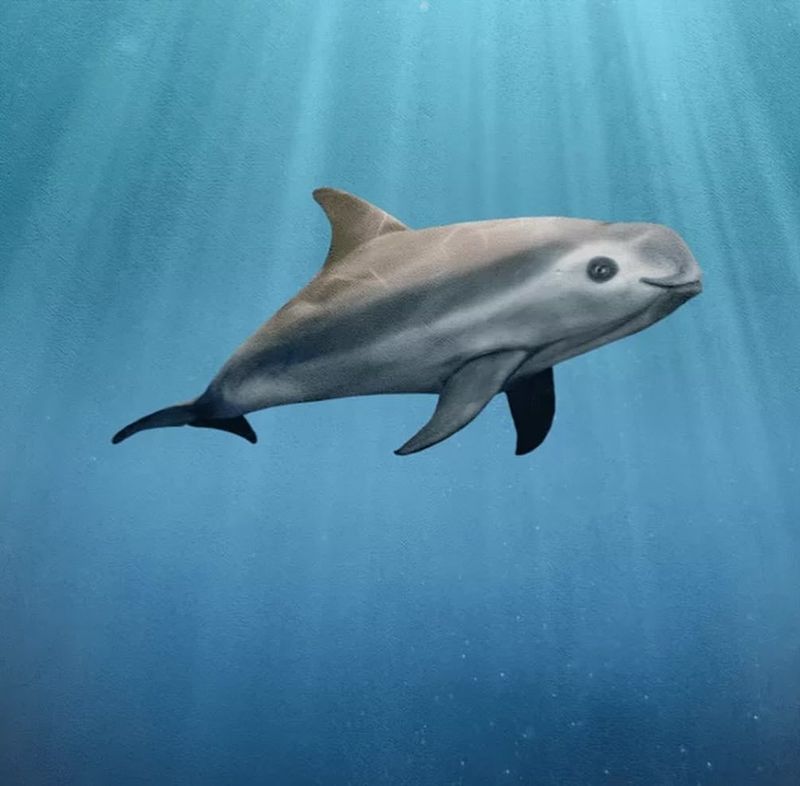
The Vaquita, a tiny porpoise native to the Gulf of California, is one of the most critically endangered marine mammals, with fewer than 10 individuals left in the wild.
Known for their unique facial markings and small size, these elusive creatures are rarely spotted.
The main threat to their survival comes from illegal fishing practices, as they often become unintentionally entangled in gillnets meant for other species.
Conservationists are working tirelessly to protect the remaining vaquitas and prevent their extinction.
22. Sumatran Elephant
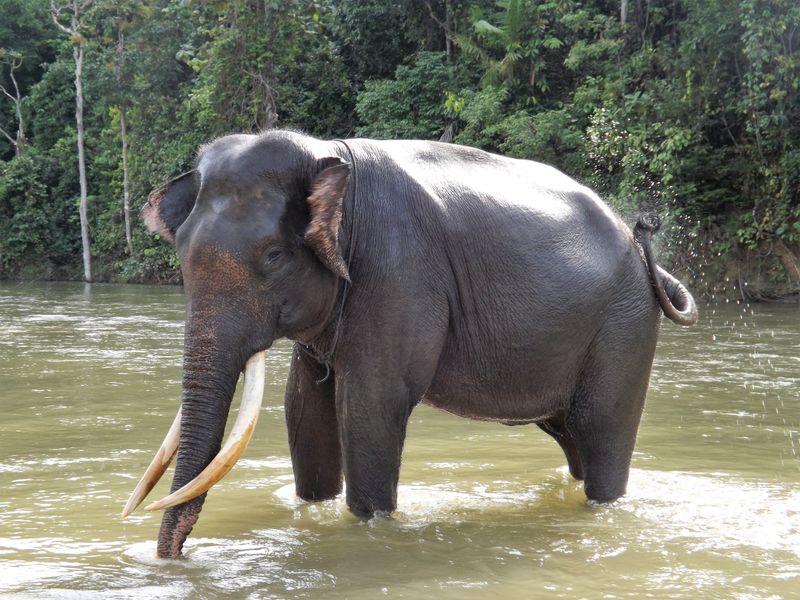
Amidst the lush forests of Sumatra, the Sumatran Elephant roams quietly, a gentle giant among the trees. This remarkable creature is the smallest of the Asian elephants, yet it possesses an unmistakable charm.
Its body, covered in a thick coat of hair, helps it adapt to the humid environment. Sadly, habitat loss and illegal poaching have pushed this majestic animal to the brink of extinction.
Did you know? Despite being smaller, its intelligence and social nature mirror that of its larger cousins. Conservation efforts aim to protect these elephants and their habitats for future generations.
23. Northern Hairy-Nosed Wombat
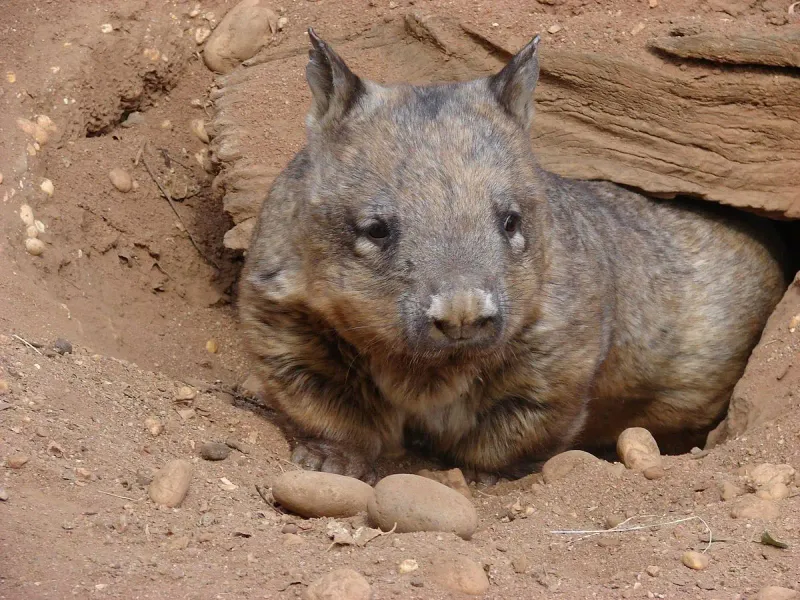
In the heart of Australia’s Epping Forest, a little-known creature scampers under the cover of twilight—the Northern Hairy-Nosed Wombat. With its distinctive whiskers and soft fur, this wombat is among the rarest marsupials in the world.
Only a few individuals survive today, making every sighting a precious experience. The wombat’s robust body allows it to burrow efficiently, creating a network of tunnels for shelter.
Fun fact: These wombats are incredibly picky eaters, favoring certain grasses over others, which has become a challenge for conservationists trying to increase their population.

